Give your nails a chance to breathe, stay healthy
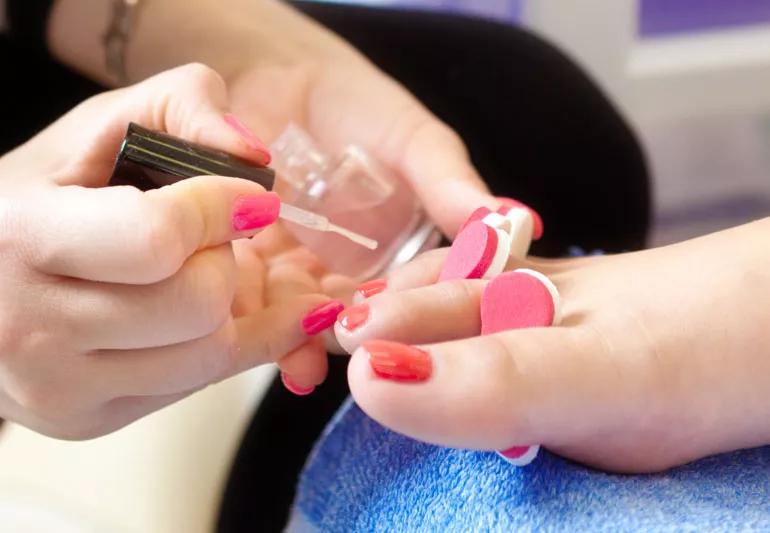
You may think that the mark of a great pedicure is one that lasts for weeks on end. But you might want to think twice about letting that beautiful shade of coral linger on your toenails.
Advertisement
Cleveland Clinic is a non-profit academic medical center. Advertising on our site helps support our mission. We do not endorse non-Cleveland Clinic products or services. Policy
It’s important to give your nails a break from polish, says foot specialist Joy Rowland, DPM.
“I always recommend to my patients that it’s best to leave polish on for a few weeks on, and then remove the polish and go without for a few weeks,” Dr. Rowland says. “It’s not a good idea to leave nail polish continuously on your toes all summer. They need a break.”
While your nails seem to be hard, they are far from impermeable. In fact, your nails are much more permeable than your skin. As a result, they can soak up substances — such as nail polish — that are applied to their surface.
The danger with keeping your nail polish on too long is that the pigment in the nail polish can soak into the top few layers of the nail and dry it out, Dr. Rowland says.
When that happens, fungus, yeast, bacteria, mold and mildew can develop underneath the nail plate, which can lead to long-term problems. The nail plate is the hard part of the nail that appears on top of the skin.
By removing the polish from your toenails, you expose the surface of your nails to the air. This literally allows them to breathe — and keeps them healthy.
In addition to going without polish for a week or so, try to keep your feet dry during the day. You can do that by wearing cotton socks and sandals or shoes made of natural, breathable fabrics and materials such as leather or cotton.
Advertisement
If you remove the polish and your toenails look stained or have a white, chalky appearance, you can take steps to nurse them back to health.
That same permeability that created the stain can help to ease it as well. Dr. Rowland advises applying vitamin E oil or coconut oil to the nail and the nail bed — underneath the nail where it meets the skin — and gently rubbing it in when you do not have nail polish on.
When patients come to her for more advanced help, Dr. Rowland says, “We might do a gentle filing if we need to, to see if we can’t get the nail to start looking healthier.”
If you remove your toe polish and your toenails are stained, you can tell if the stain is from polish if you see your natural pink nail color grow out from the cuticle. The stain should fade slightly over time and eventually grow out.
Your fingernails grow much faster than your toenails — your toenails only grow about one millimeter each month. So you may have to be patient if you’re waiting for a discolored nail to grow out.
During that grow-out period, Dr. Rowland recommends against using nail polish.
Advertisement
Learn more about our editorial process.
Advertisement

Color, texture or shape changes may signal a larger medical issue
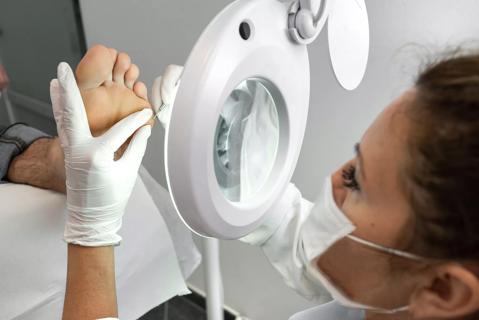
Safety, hygiene and technician training are among the biggest benefits of a ‘medi pedi’

These manicure techniques vary in terms of longevity, hygiene and overall nail health
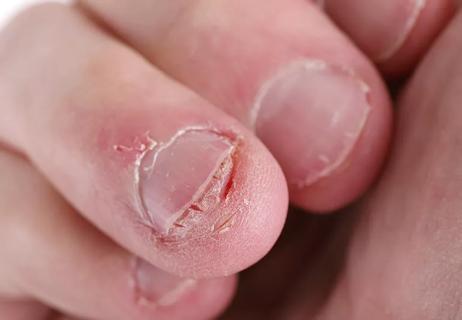
A combination of treatments can help you conquer the compulsion

The temporary nail damage is bad, but the cumulative UV exposure could be worse

Animal safety and bacterial infections are concerns
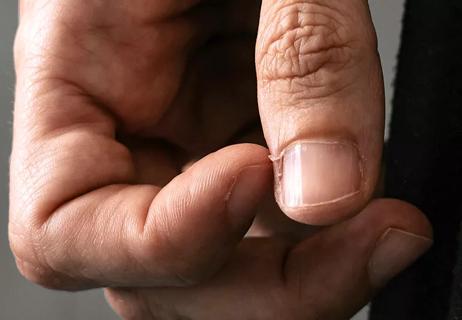
Resist the urge to bite, tear or rip off those little pieces of skin
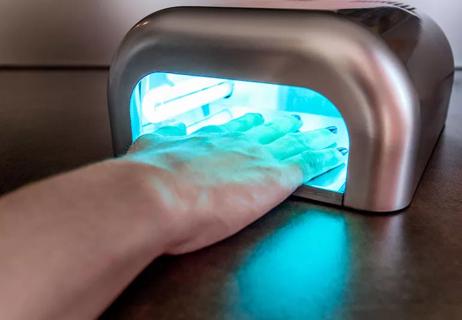
Frequent manicures, high-watt bulbs increase potential

Babies can get congested easily, but you can calm their cough by keeping them hydrated, using nasal drops and running a humidifier

Weight loss may cause loose, sagging skin and muscle loss to your rear

Several conditions, like vitiligo and fungal infection, can cause a loss of pigmentation, leading to white spots or patches on your skin